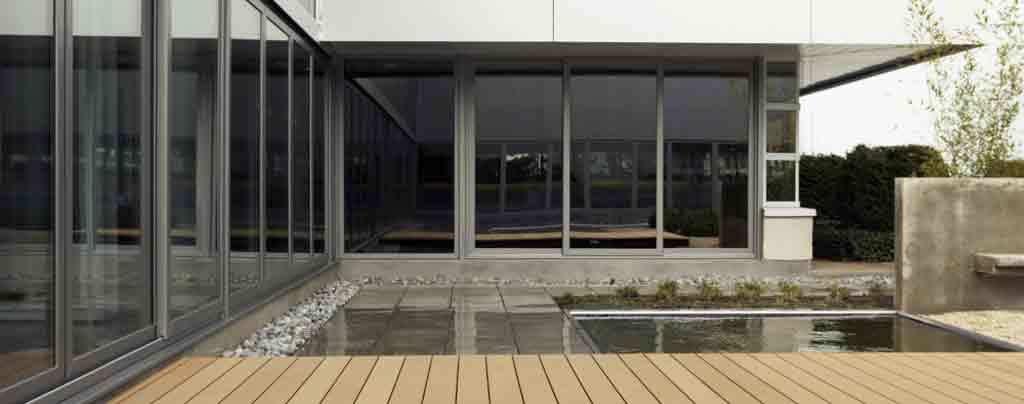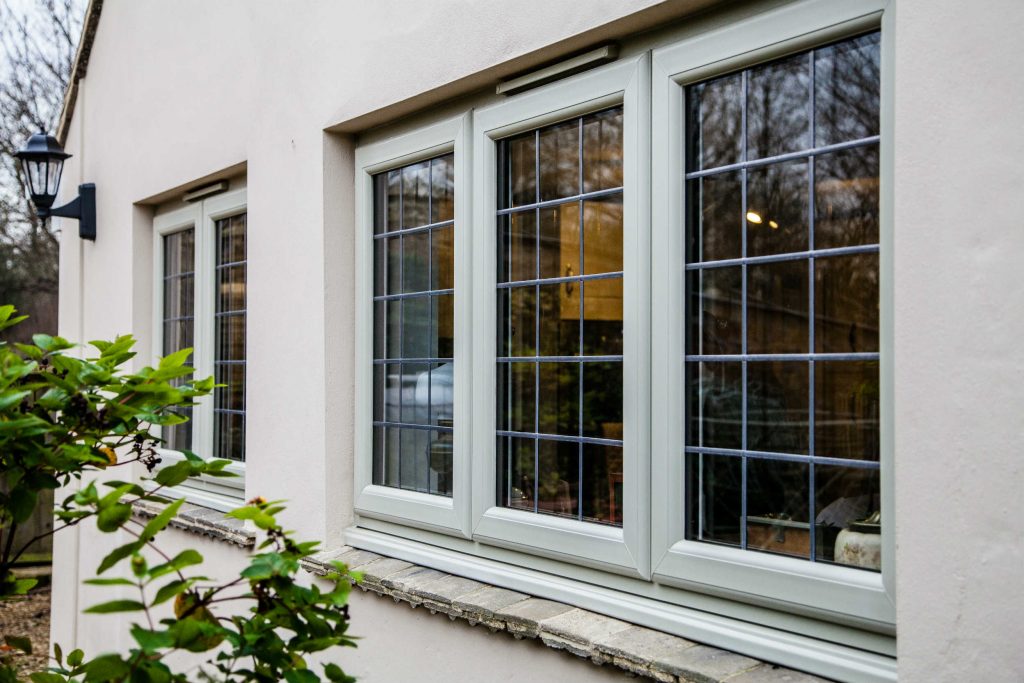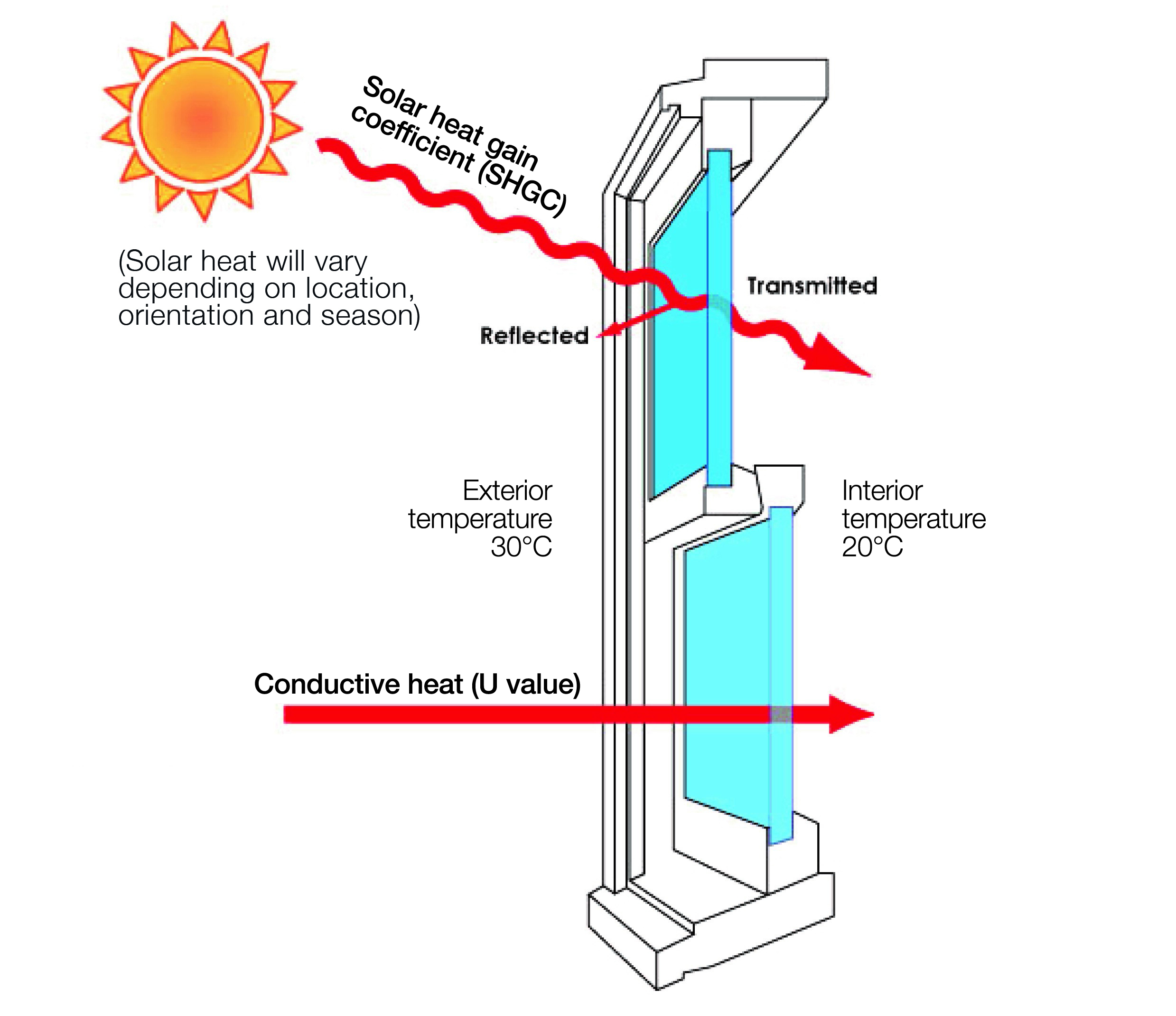All Categories
Featured
Table of Contents
Carnegie 3163, Vic. Amazing Service By Aps Double Glazing in Joondalup WA
Laminated glass is frequently utilized in areas in the home most vulnerable to injury from human impact such as restrooms, doors, around staircases and in areas near the flooring (it meets the requirements of 'shatterproof glass' that is mandated for usage in these locations by Australian Basic AS 1288 Glass in structures).
Toughened glass has actually been 'tempered' by being reheated and rapidly cooled again. This process makes it much stronger than basic glass it can resist greater impact loads prior to breaking. It also makes it more secure due to the fact that, when it does shatter, it burglarizes lots of small cubic pieces rather than harmful fragments.
Which Type Of Double Glazed Window Frame Is Right For You? in Byford WA
Toughened glass has no thermal or acoustic benefits over other glass of the same toning or thickness. Secondary glazing is where single-glazed windows are retrofitted with a transparent acrylic or glass sheet connected to the within of the frame or openable sash with a secondary frame or with magnetic strips.


Secondary glazing will not perform also thermally as a made IGU, considering that it is difficult to absolutely seal the perimeter, but it can provide excellent noise control. Window movies are a thin polymer film consisting of an absorbing color or reflective metal layer, with an adhesive backing. They adhere to your glazing to change its colour or make it reflective.
Buy Double Glazed Upvc Sliding Doors In Sydney in Secret Harbour WA
Applied to existing glass, some window films can cut in half the general SHGC of the window by taking in and/or reflecting solar radiation. This can be particularly helpful in hotter climates where cooling is the main concern, or on east and west elevations straight exposed to extended periods of sunshine. Nevertheless, window films might likewise decrease visible light transmittance.

For this factor, it is generally best to use an accredited installer of window film. Frames have a considerable impact on the thermal efficiency of windows and doors, since energy can be gained and lost through the frame, in addition to through the glass. Different types of frame will allow different levels of heat gain and loss, so mindful option of frame is necessary for effective passive design.
Double Glazed Windows And Doors In Perth in Rivervale WA
However, aluminium is likewise a very excellent conductor of heat and will decrease the insulating value of a glazing unit, unless specifically engineered to reduce this. A 'thermally broken' frame is comprised of 2 aluminium sections connected by a structural insulator (generally a low-conductivity structural polymer). This 'breaks' the thermal connection through the aluminium and decreases the heat streaming through the frame.
They can be pricey, however prices are reducing as they become more common. Wood frames are a good natural insulator that can fit some house designs. Timber frames ought to be made from types that have naturally high durability or be treated to avoid decay and contortion. Check that the timber is sourced from a sustainably handled forest.
What Are Double Glazed Windows? - Build in Spearwood Perth
(weather removing) is set up.
u, PVC doors and windows have exceptional thermal performance Image: Ben Wrigley (Light Home Architecture and Science) Composite frames use aluminium profiles on the external areas with either a timber or u, PVC inner section. These combine the low maintenance and toughness of aluminium with much enhanced thermal efficiency.
Latest Posts
Double Glazed Windows: A Complete Guide in Kelmscott WA
How Does Double Glazing Keep Heat Out? in Lathlain Western Australia
A Complete Guide To Double Glazed Windows in Wembley Downs WA